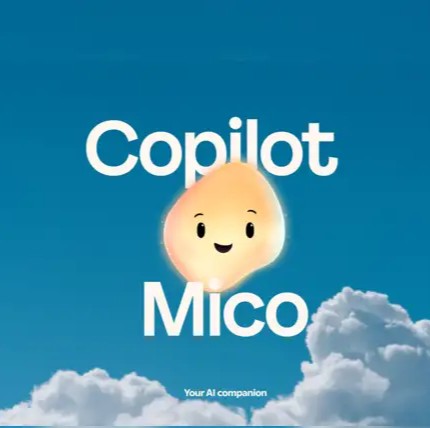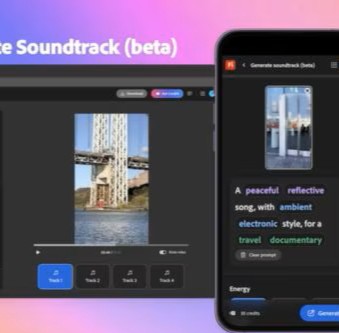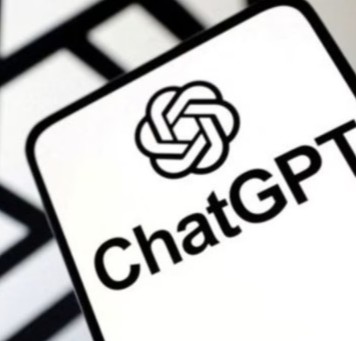1. Setting the Tone: From Hype to Helpfulness
In a time when artificial intelligence is often described in terms of existential risk or attention-economy pitfalls, Microsoft positions its new release as a corrective. “Technology should work in service of people. Not the other way around,” writes Mustafa Suleyman in the official blog announcing the release.
Rather than chasing usage growth through attention-capture, the Fall Release aims to give users back time, reduce friction, and augment human agency. That means AI built around support for human tasks—thinking, planning, creating—rather than distraction.
2. Key Pillars: Personalisation, Collaboration & Connectivity
The new features centre around three interlocking dimensions:
- Personalisation & memory: The updated assistant now carries long-term context, remembers what matters to you (e.g., routines, preferences, milestones), and can draw on that in future conversations.
- Collaboration at scale: A standout addition is Groups, a shared workspace within Copilot where up to 32 participants can brainstorm, co-write, plan, study together. The assistant summarises conversations, proposes options, tallies votes, assigns tasks — aiding teamwork rather than just a chat bot.
- Cross-experience connectivity: Copilot is no longer confined to a single app or device. The Fall Release includes deeper integration across the browser (Microsoft Edge), OS (Windows 11), and mobile environments — enabling voice navigation, tab reasoning, proactive assistance and story-like management of browsing history.
3. Feature Highlights That Define the Release
Here are some of the most visible and impactful enhancements:
- “Mico”: A new expressive avatar that appears during voice‐based interaction. Mico changes shape, colour and expression to mirror conversational tone, making the AI feel more engaging. (Optional toggle.)
- “Real Talk” mode: A mode where the assistant respectfully challenges assumptions, pushes back on incorrect premises, and acts as a thoughtful conversational partner rather than just a passive responder.
- Groups & Shared Collaboration: As noted earlier, the ability for up to 32 people to collaborate in a single Copilot session. Useful for study groups, creative teams, planning workshops.
- Browsing Journeys & Edge Mode: Copilot in Edge supports tab reasoning (understanding what you’re doing across tabs), voice navigation, and proactive actions (such as booking hotels). Under Windows the Journeys feature organises browsing history into “storylines” to help resume tasks seamlessly.
- Health, Learning & Context-Aware Uses: The update adds modules geared toward health and education — letting users ask context-aware questions, link to credible sources, and integrate workflows across services.
4. Behind the Scenes: Model Strategy & Future Roadmap
Underpinning the user-facing features is Microsoft’s model strategy: a multi-model approach combining once-outsourced foundational models with internal development of frontier models — for example, the recent announcements of “MAI-Voice-1”, “MAI-1-Preview” and “MAI-Vision-1”.
The company says it will both build best-in-class models internally, and integrate external models where appropriate — underscoring the ambition to sustain long-term AI innovation and not just rely on a single provider.
5. Implications for Users, Work and Society
The Fall Release has several implications worth emphasising:
- For individual productivity, the shift means fewer context-switches, less repetition (thanks to memory), and more efficient workflows. Personalised support and a voice-driven, memory-enabled assistant can reduce friction in daily tasks.
- For teams and organisations, the collaborative tools (Groups, shared tasks, summarisation) signal a move toward embedded AI in group workflows, not just individual tasks. This supports hybrid & remote work, knowledge sharing, training and creative collaboration.
- From an ethics and human-centric AI viewpoint, the release emphasises technology that respects human judgment rather than replaces it — aligning with growing regulatory and societal expectations around accountable AI.
- For future competitive dynamics in generative AI, the build-and-integrate model strategy indicates that major technology firms are both leveraging external innovation and investing internally. This may affect how enterprise customers evaluate AI ecosystems.
6. Looking Ahead: What to Watch
As the rollout begins (initially in the U.S. with broader global availability to follow) , a few questions and areas merit attention:
- Adoption & engagement: Will users embrace the deeper memory and collaboration capabilities, and will this translate into real productivity gains?
- Privacy & control: With more memory and personalised behaviour comes greater responsibility in data handling, transparency and control.
- Cross-service integration: Success will depend on how smoothly Copilot integrates across devices, apps, and services without becoming fragmented.
- Competitive responses: As Microsoft drives human-centred AI experiences, competitors may respond with alternative models, ethical differentiators or more focused vertical tools.
- Global roll-out & localisation: Given the U.S. initial release, how rapidly and effectively the tools adapt for other languages, cultures and regulatory environments will matter.
Conclusion
The Copilot Fall Release 2025 is a notable milestone in the evolution of AI assistants — shifting from novelty towards meaningful utility, from individual tools towards shared experience, and from reactive chat-bots to proactive companions. By rooting innovation in human-centred design, collaborative workflows and deeper memory, Microsoft is signalling a maturation of generative AI platforms. For users and organisations alike, the key questions will now be around how this translates into day-to-day impact — whether AI becomes a seamless partner in work, life and learning, rather than another demanding presence on our screen.
Source:economictimesGPT







